HOW TO SELECT AND USE OF CONCRETE SPACER
Guide to select and use the concrete spacer in reinforced concrete structures.
Post date: 03-11-2016
47,950 view(s)
1/ Selection of concrete spacer:
Although the spacers have the similar features, but the selection of the righ type will facilitate the construction and make it more efficient. The selection of spacer will base on the following factors:
- Height of spacer:
The nominal height of spacer is the dimensions of the spacer to form the exact concrete cover for the steel rebar in concrete. This is the most important specification and it must be detemined firstly when order.
With the single spacer, which have the simple shapes such as cube, cylinder, the spacer heights are fixed for using. With the multi-dimension spacer, the heights for supporting the rebars will vary in depend on the position of installation. In a project, where the reinforced concrete structures have various concrete cover thickness, it is practical to select the multi-dimension spacers with the appropriate dimensions (if available) to ease the order and use up the spacer product.
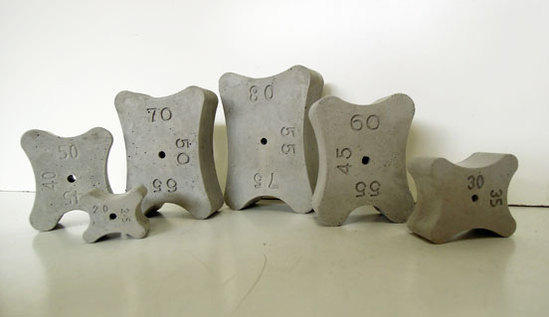
Concrete spacer
- Use purpose:
In general, the simple concrete spacers can be used for all structures. However there are some kind of concrete spacer are designed for specific using purposes such as corner-spacer for column/beam, donut-spacer for cylindrical structure.
The donut-shaped spacer usually used in the cylindrical structures such as spun piles, round columns. This kind of spacer can also be used in the normal structures of beam, slab, wall. However, because these spacers must be inserted through the steel rebars before arrangement, it results in some inconvenience and requires the good understanding of workers during their executing.
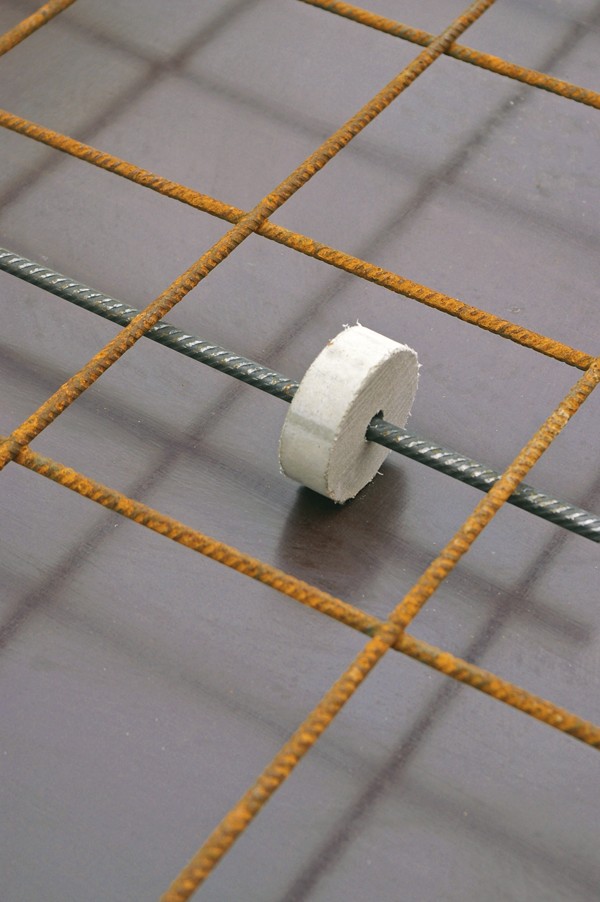
Donut-shaped spacer used for slab reinforcement
At present, there are many kind of spacers with various shape and use for selection. The users should firstly refer then select the right product in order to obtain the best efficiency.
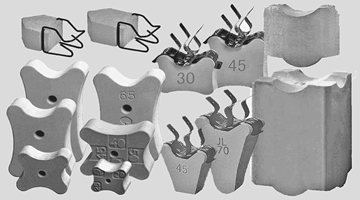
Concrete spacer products
Find out more information of concrete spacer in Concrete spacer products.
- Installation position:
In general, there are 3 basic positions for installation which can affect to the selection of spacer:
- Concrete cover in the horizontal plane of slab, beams.
- Concrete cover in the vertical plane of column, wall.
- Concrete cover at the corner of prismatic structures (column, beam with rectangular section)
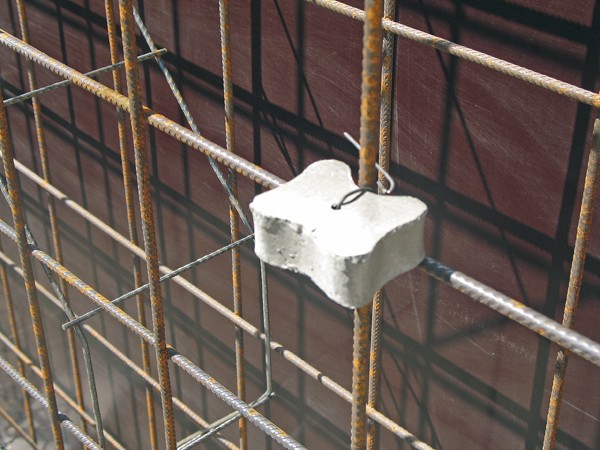
Spacer of vertical steel rebar
- Firmness of Subgrade:
The spacers are placed under the rebar mesh will be impacted by the above forces such as the weight of steel rebars, workers, equipment. If the contact areas of the spacers with the soil, stone subgrade are not suitable, they can be settled during construction. This condition actually reduces the concrete cover thickness as required.
If capable, the contractor usualy cast the bedding concrete in order to create the flat, clean and firm platform to support the steel rebar. If the subgrade is not firm, the spacers must have the sufficient contact areas. Such kind spacer should be concrete cube or cylindrical blocks.

Spacer cube shaped for slab reinforcement
- Connection of spacer and steel rebar:
There are 3 options for connection between spacer and steel rebar:
- Spacers are placed on horizontal surface and support the steel rebar above. By the weight and fixation of steel mesh then the spacers can be fixed without the binding connection. In this case, the spacer works as the blocks to form the right cover thickness.
- The spacers with holes at their centers for inserting the rebar. Consequently the spacer can connect with the rebar and it will not be taken apart even if the rebar moved.
- The spacer with tie-wire or plastic/steel hooks for connection with rebar. By hook or tied-wire, the spacers are fixed at right positions and not falled out. This kind of secure connection is critical when spacers are vertically placed, when rebar cage are lifted or vibration of concrete.
- Steeel rebar diameter:
With the donut-shaped or hook spacers, it is necessary to ensure whether the diameter of the hole or hook fit with the steel rebar insert through them. The spacers with hook are usually designed for a range of rebar diameter. However the user must make sure whether the ready-designed diameter of rebar is suitable or not with the actual requirement.
- Concrete strength:
Because the spacer will stay in and become a part of the reinforced concrete structure, the concrete spacer must have its strength equal or greater than the strength of the structure. This specification will ensure the uniformity of strength and bring good quality for the construction work.
2 / Installation guide:
- Spacers have been checked of their strength to ensure the suitable requirement.
- Check that the reinforcement are installed completely and correctly.
- Supply the spacers with the right specification of concrete cover for use.
- Prepare the right size of tied-wire for connection of spacer to steel rebar.
- Lift the steel cage and place the spacer underneath. Adjust the spacer in perpendicular direction with steel rebar.
- Use wire to tie the steel rebar to spacer.
- Check by hand to ensure the spacers are securely tight to rebar.
- The distance of spacer will comply with the design.
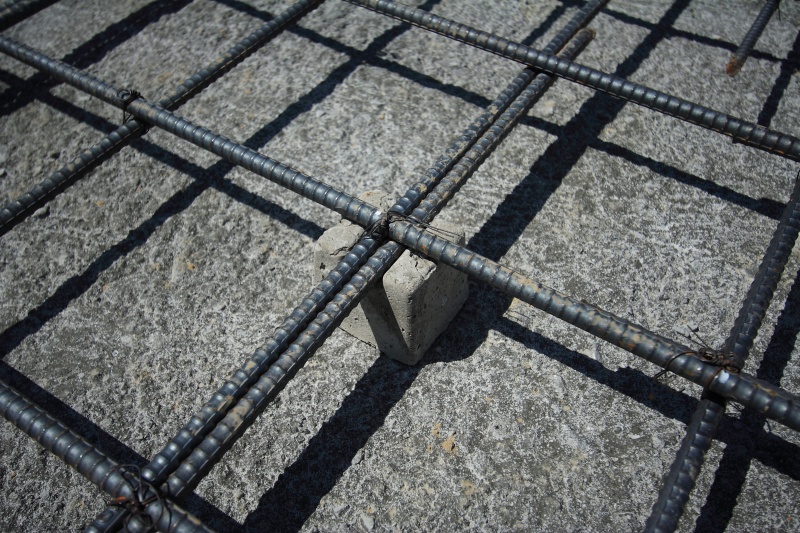
Spacer installed and fixed with tied-wire
Click the following items for consultant or learn the products and contact us.




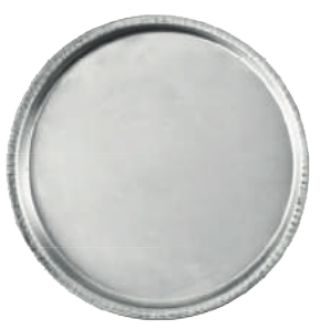
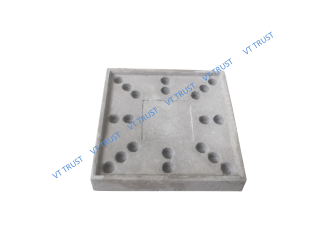
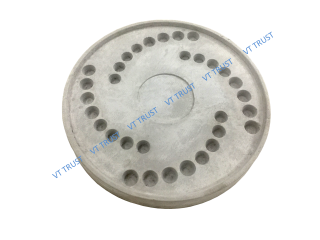
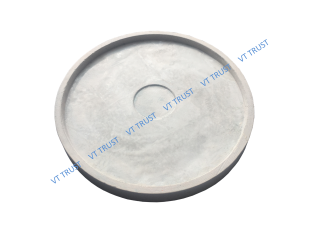
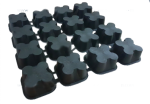
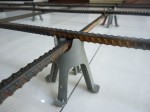
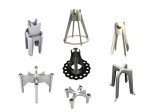

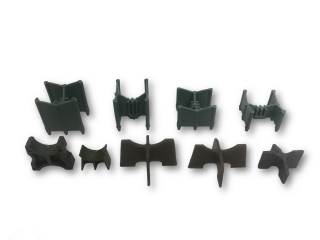
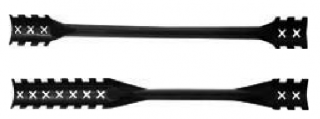
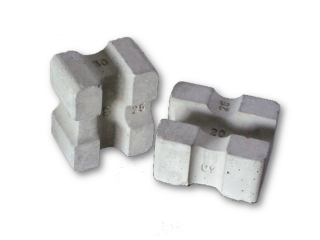




Send your comment